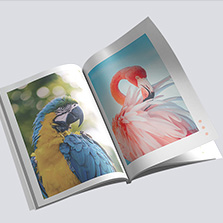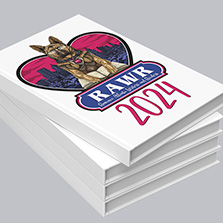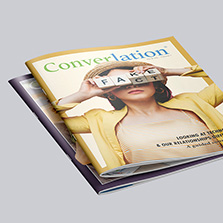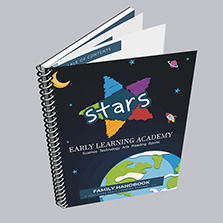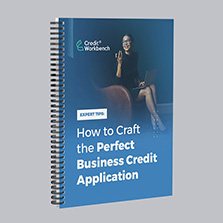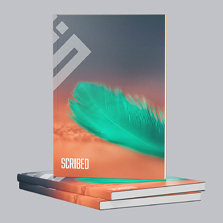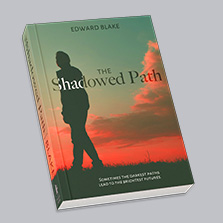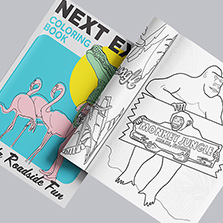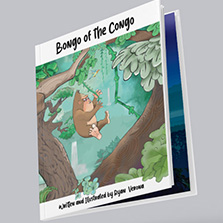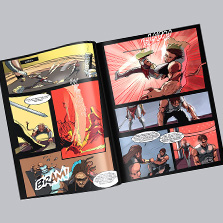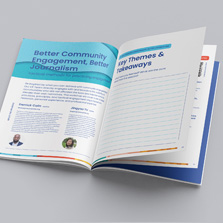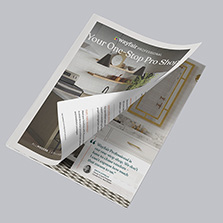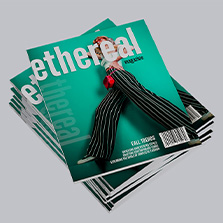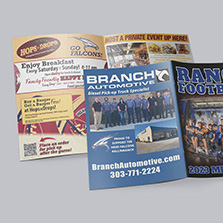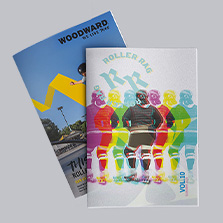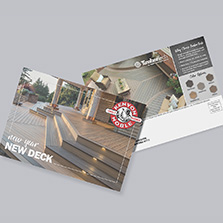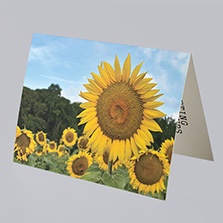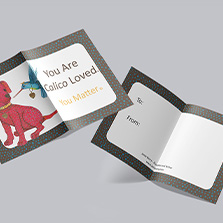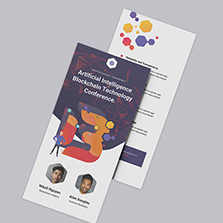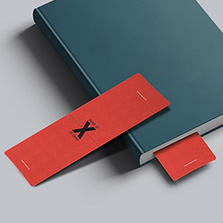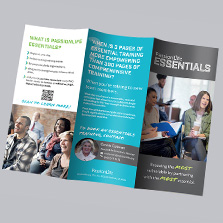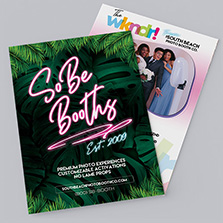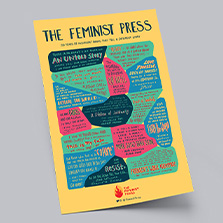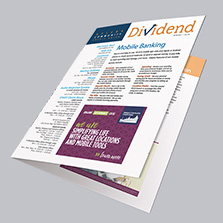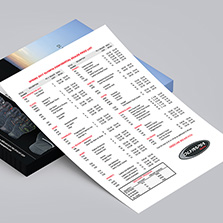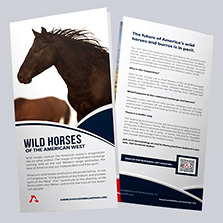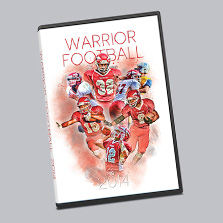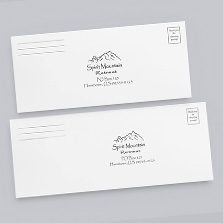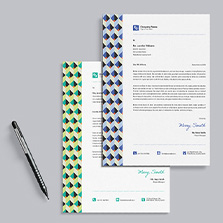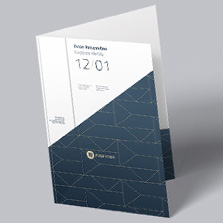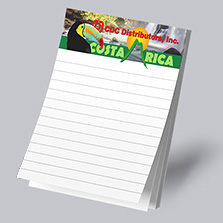How To Write A Children’s Book
Remember all those fantastic and colorful children’s books you read as a kid? They told stories in ways children can comprehend and relate. Writing a children’s book isn’t just about fanciful illustrations with the occasional rhyme. It’s important to take into consideration much more than the cover! So to help you on your journey of becoming the next Dr. Seuss, we’ve created a few tips to get you started with writing your children’s book.
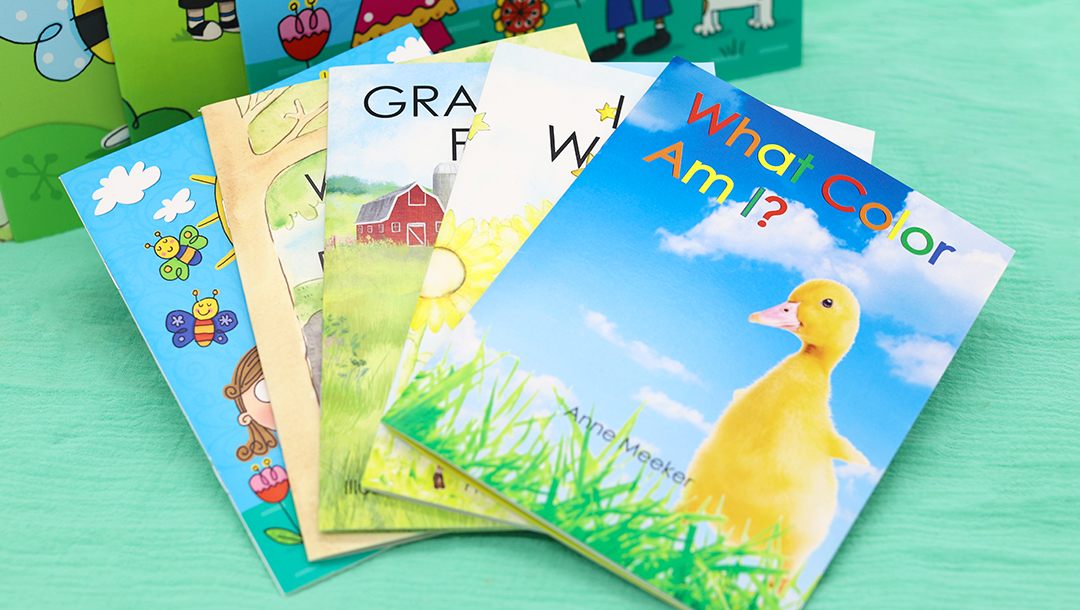 Anne Meeker, Sing.Play.Love
Anne Meeker, Sing.Play.Love
Know Your Target Audience
It may seem obvious but different age ranges have different reading levels that you’ll need to reflect on. Knowing your audience before you begin writing your children’s book will help you better determine what type of children’s book it should be.
There is a common age group breakdown used by publishers and authors alike when it comes to books for children:
Ages 2-8: Pictures Books
- These are image exclusive and often have less than 500 words per book.
Ages 5-9: Easy Readers/Just Beginning To Read
- This age group for children’s books focuses on one theme with simple sentence structure. Your word choice should be repetitive to engage with the reader.
Ages 7-10: First Chapter Books
- The reading level of this age group is more advanced and ready to take on a few thousand words. These books often have more complex storylines woven through several characters.
Ages 8-12: Middle-Grade Books
- When you start climbing into middle school-aged children then your book should really start thinking about eliminating most of the pictures and aim for upwards of 40,000 words. The books in this range usually have the protagonist as the same age as the reader.
Once you figure out who your desired audience is then you can begin tailoring your book to fit the audience. As the age groups increase, the children’s book will likely begin to have higher word counts and chapter-length stories. It’s important that your audience is researched before jumping into your book because it will help with the rest of the writing process.
Illustrations and Art
After you figure out what age group you will focus on with your children’s book, you’ll want to start building out the illustrations. The illustrations will aid the child in following along with the story and will be at the forefront when it comes to picture books for the younger demographic. Most picture books are a standard 32-page tale so you’ll be limited with space and want to focus on eye-catching characters that tell the story. One of the key benefits when you decide to print with PrintingCenterUSA is the flexibility on page counts–a saddle-stitch book can range from 8 to 92 pages!
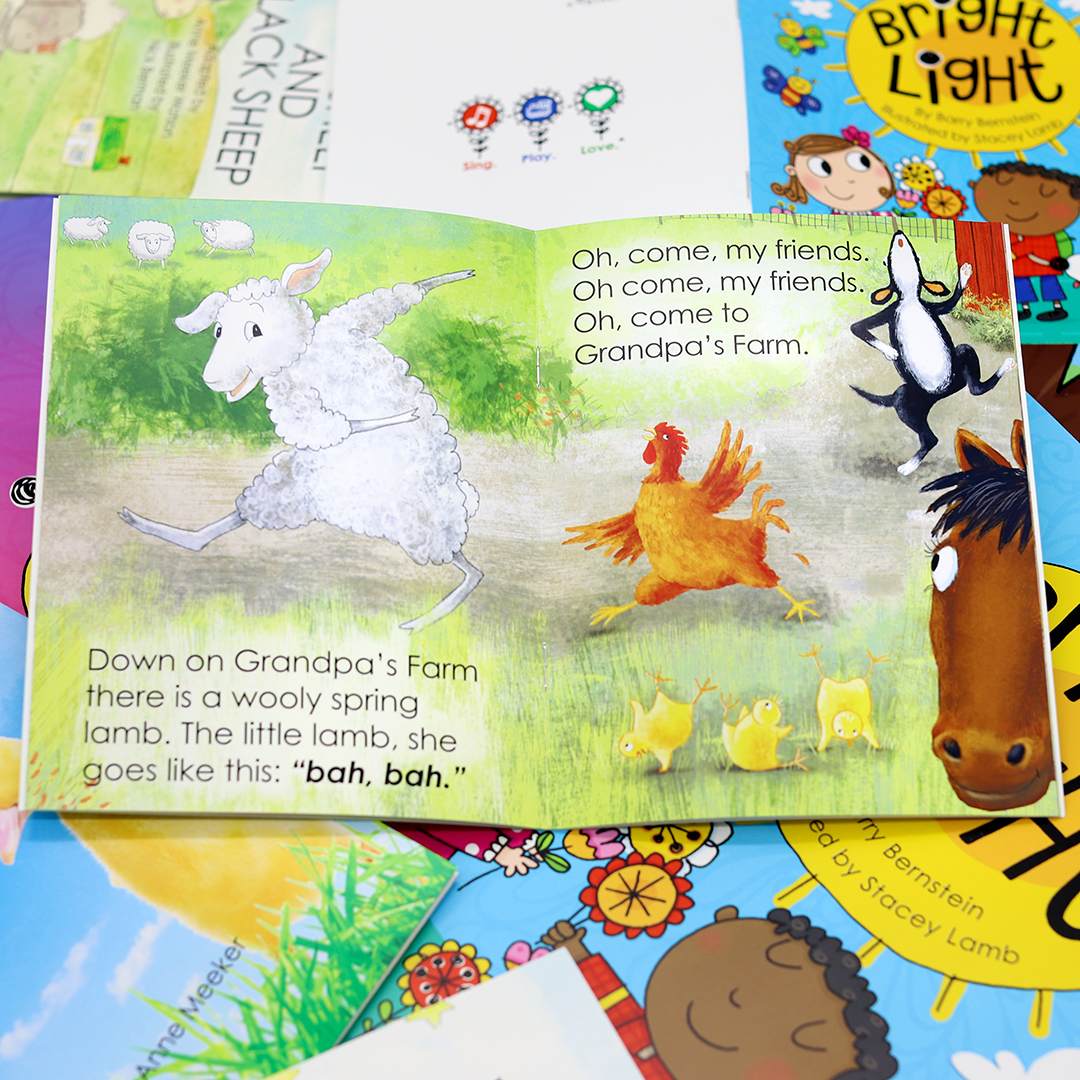
Most children at a young age are attracted to bright colors so you’ll want to recognize the fact that colors should play a major role in your book. Colors that work exceptionally well for children’s books are your classic primary colors of red, blue and yellow.
If you think of yourself more of the author portion of the children’s book and don’t have outstanding illustrative skills, consider hiring a professional artist. Choosing an illustrator with a strong following will also help you market your soon to be book!
What is Full-Bleed Printing?: Learn More
Convert RGB To CMYK: Learn More
Wording and Voice
Children’s books don’t have to be overly simple. Often, first-time authors will get carried away with the fact that they are writing for children. The voice then begins to sound very diminutive as if they are talking to a foolish adult. Try to avoid this tone.
You’ll also need to think about the use of adjectives and sentences that are pieced together. Think about how children talk to their parents when working with dialogue in your story so it’s fluid. Make sure your book reads as a child talks.
Character and Background Development
Your characters should be developed in a way that matches the age group of your children’s book. This is also true for the background and setting of the book. In most cases, the places in the story should be somewhat relatable to scenes in the child’s life already. Schools, grocery stores and parks are great examples to add in key chapters of your book. Adding these locations will make the story more than just a one-time read.
Characters should change and grow from beginning to end in the book. Make them exciting so that you don’t lose focus on other parts of the book that don’t matter as much. Try to remember what it was like reading books as a kid and focus on honing the development of the character throughout the story.
Beginning, Middle and End
A good children’s book will have an evident beginning, middle, and end. This helps the child reading the book grow and learn along with the main character. There should be a problem or incident the main character needs to solve from the beginning. That leads to the middle which is the ups and downs of how the character goes about solving the problem. Stories need conflict, however subtle they are if the characters are to grow as the book progresses. Be sure the main character successfully solves or concludes the problem at the end… no cliffhangers!
Children’s books are not an easy task to take on, especially if you’re a first-time author. It may seem like an easy task at the beginning but if you want it to be a book worth reading, you should really put some thought into the process. It’s not all about rhyming and fun illustrations. As a writer, you’ll need to research, plan and execute before you decide to print. Printing the books without a publisher will make you the marketer as well if you plan on selling the book. So, planning a marketing strategy will also come into play once you have your final copies.
Once you have the text and images, PrintingCenterUSA will be here to help with the printing process. You can drag and drop with our free online design tool or simply upload your PDF ready proof. You write the book and we’ll print it!
Instant Booklet Pricing: Learn More

